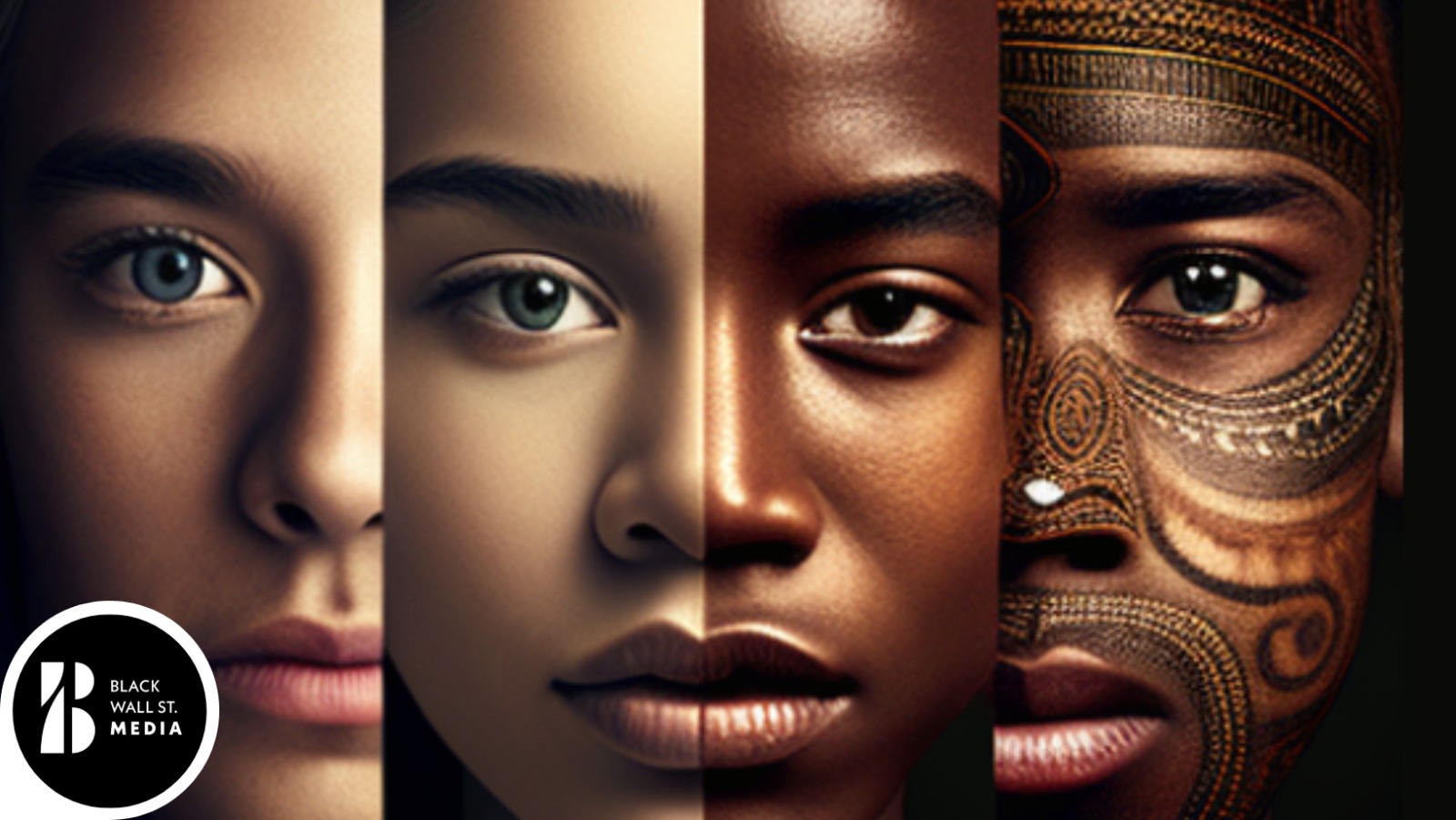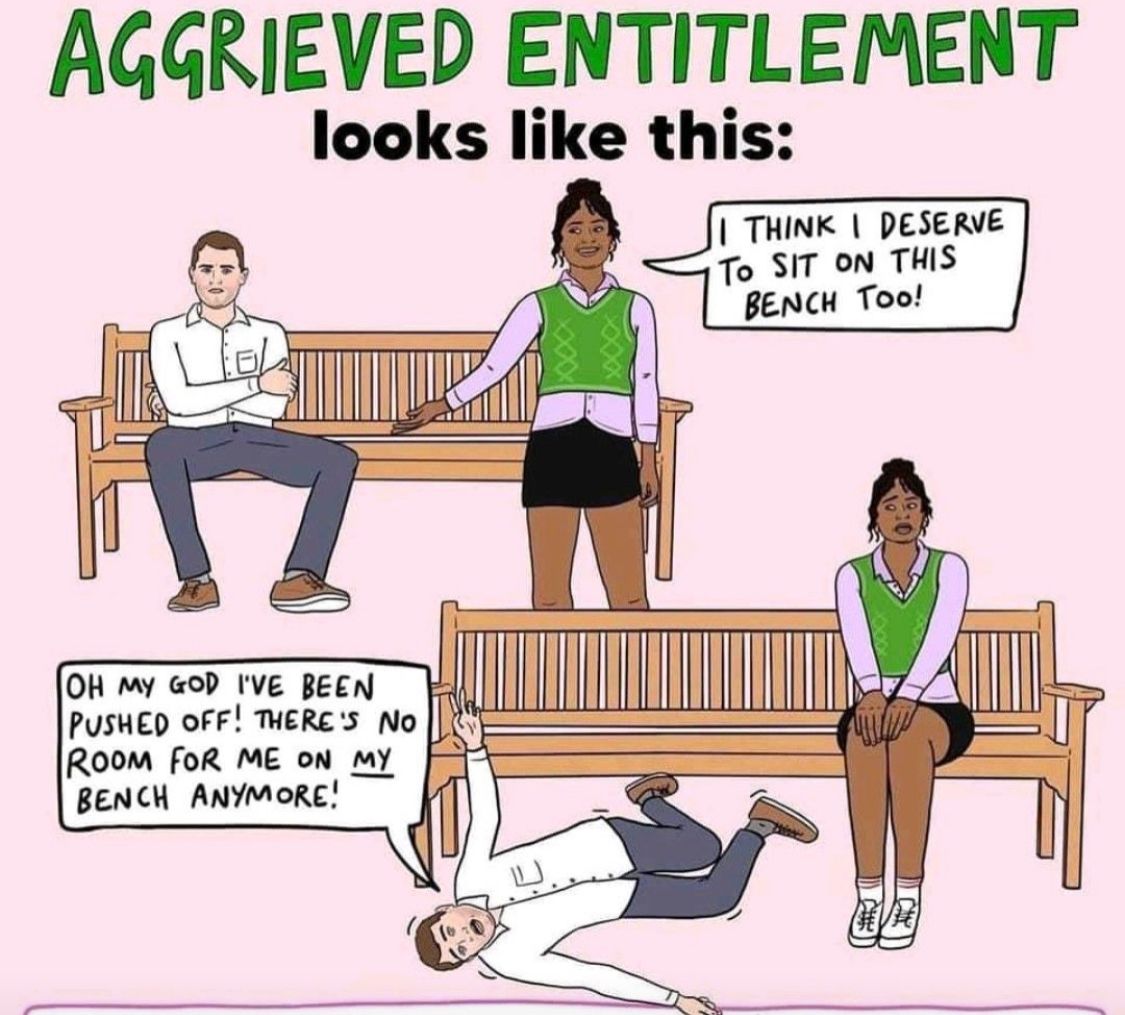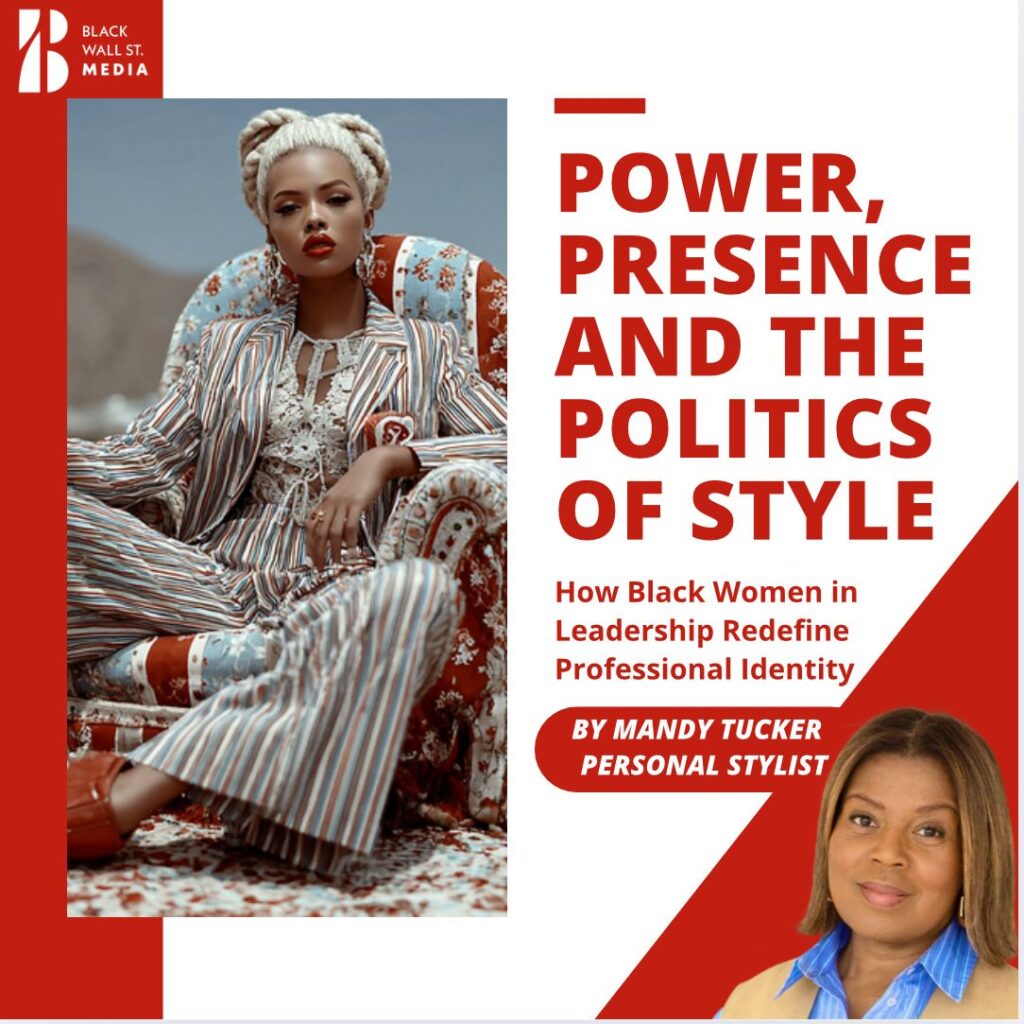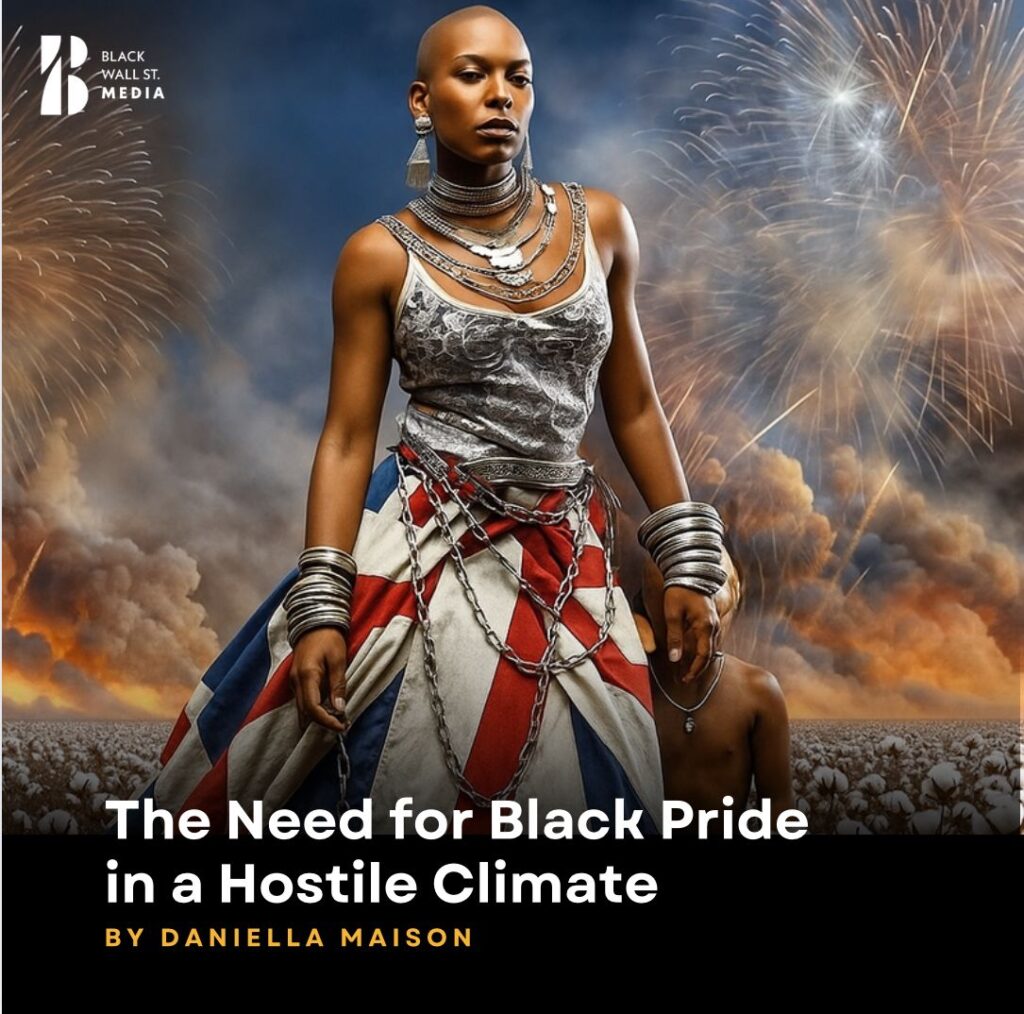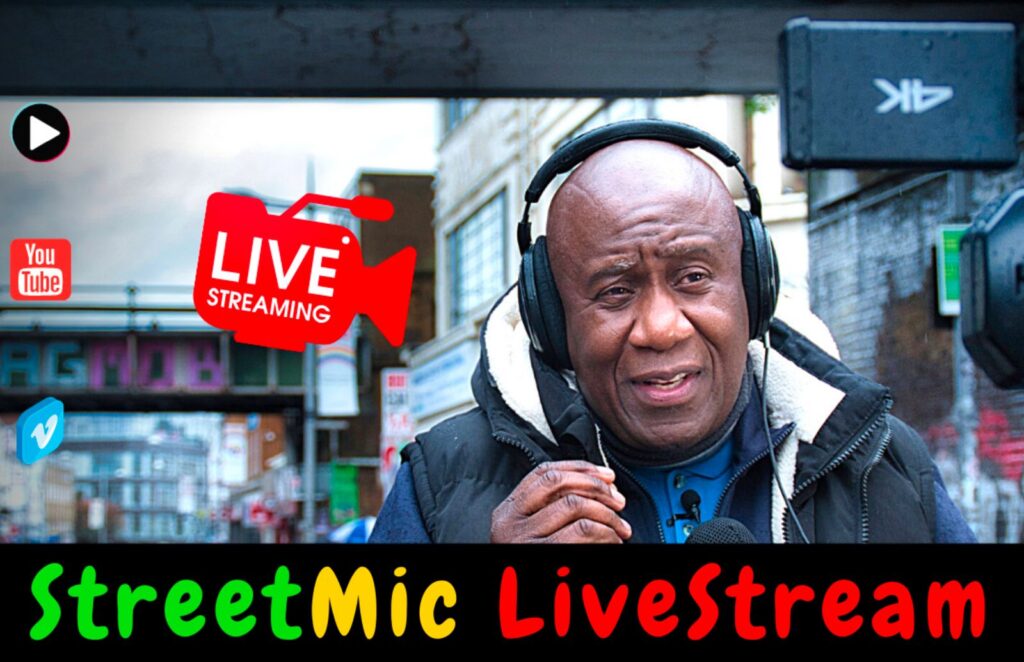White Replacement Theory
Fanning the Flames of Racism and Strategies to Combat It
“”
BWSMContributor
White Replacement Theory, also known as the Great Replacement, is a controversial belief that suggests white populations are being systematically replaced or displaced by non-white populations through demographic changes like immigration, higher birth rates among non-white groups, and policies promoting diversity and multiculturalism.
This theory asserts intentional replacement, triggering fears, fostering racism, and undermining social cohesion. It is crucial to recognize the dangers of this theory and explore strategies to combat its harmful effects on society.
In the digital age, conspiracy theories have proliferated, giving rise to unfounded and divisive beliefs. It is a theory that has gained attention and sparked debates.
This article aims to provide a comprehensive understanding of White Replacement Theory by examining its origins, exploring how it fuels racism, and discussing effective strategies to counteract this divisive ideology.
The origins of White Replacement Theory can be traced back to Renaud Camus’ 2011 book, in which he expressed concerns about immigration’s impact on French and European culture. However, the concept of population replacement has historical precedents in different forms.
In the early years of the United States, cultural compatibility and the idea of being considered “truly American” played a pivotal role. This justification was used to assert the dominance of European settlers over Native Americans and to exclude enslaved individuals.
These historical instances provide insight into the lasting sentiments behind White Replacement Theory, highlighting its connection to deep-rooted aspects of American history and society.
The impact of White Replacement Theory is significant and far-reaching. This controversial belief asserts that white populations are being systematically replaced or displaced by non-white populations through demographic changes, such as immigration, higher birth rates among non-white groups, and social policies promoting diversity and multiculturalism.
The consequences of this theory include:
Fueling racism and xenophobia: White Replacement Theory promotes fear, resentment, and a sense of victimhood among certain segments of the white population. It perpetuates the notion of racial hierarchy and fosters discriminatory attitudes and behaviors towards non-white individuals and communities.
Deepening social divisions: By perpetuating the idea of white populations being intentionally replaced, the theory exacerbates social divisions. It creates an “us versus them” mentality, pitting different racial and ethnic groups against each other and hindering social cohesion.
Undermining diversity and inclusivity: White Replacement Theory challenges the value of diversity and multiculturalism by asserting that white culture and identity are under threat. This undermines efforts to create inclusive societies that embrace and celebrate the richness of different cultures, backgrounds, and perspectives.
Fostering extremist ideologies: The theory has gained traction among far-right groups, white supremacist organizations, and online communities. It provides a narrative and justification for extremist ideologies, hate speech, and acts of violence targeting minority groups.
Harm to individuals and communities: The impact of White Replacement Theory is not only ideological but also has real-world consequences. It can lead to discrimination, marginalization, and exclusion of non-white individuals and communities. It perpetuates harmful stereotypes and can contribute to the erosion of civil rights and social justice.
Strategies to Combat White Replacement Theory:
Education and Awareness: Robust education and awareness campaigns are crucial to combating white replacement theory. By promoting critical thinking, media literacy, and accurate information about demographic changes, immigration, and multiculturalism, individuals can be equipped to challenge false narratives.
Fact-Checking and Debunking: Establishing and promoting reputable fact-checking organizations and resources can help debunk false claims associated with white replacement theory. These initiatives play a vital role in countering misinformation and ensuring accurate information reaches the public.
 Promoting Diversity and Inclusion: Celebrate and promote the value of diversity and inclusion in society. Highlight success stories and positive contributions from diverse communities, fostering a sense of unity, understanding, and shared purpose.
Promoting Diversity and Inclusion: Celebrate and promote the value of diversity and inclusion in society. Highlight success stories and positive contributions from diverse communities, fostering a sense of unity, understanding, and shared purpose.
Addressing Socioeconomic Concerns: Addressing underlying socioeconomic issues, such as income inequality, job insecurity, and lack of opportunities, can help alleviate feelings of resentment or displacement. Tackling these issues can contribute to a more inclusive and equitable society.
Encouraging Dialogue and Understanding: Create safe spaces for open and respectful dialogue among individuals with different perspectives. Encourage empathy, understanding, and bridge-building conversations to foster unity and counter the divisions perpetuated by white replacement theory.
Supporting Legislation and Policies: Advocate for legislation and policies that promote equality, social cohesion, and non-discrimination. Support initiatives that protect minority rights, combat racism, and provide equal opportunities for all individuals, regardless of their racial or ethnic background.
Media Responsibility: Hold media outlets accountable for responsible reporting and avoid amplifying conspiracy theories. Promote media diversity and accurate representation to provide a balanced portrayal of different communities and counteract the spread of divisive narratives.
”It is through collective efforts that we can dismantle the harmful narratives of White Replacement Theory and foster a more harmonious and tolerant world.
Black Wall St. MediaContributor

